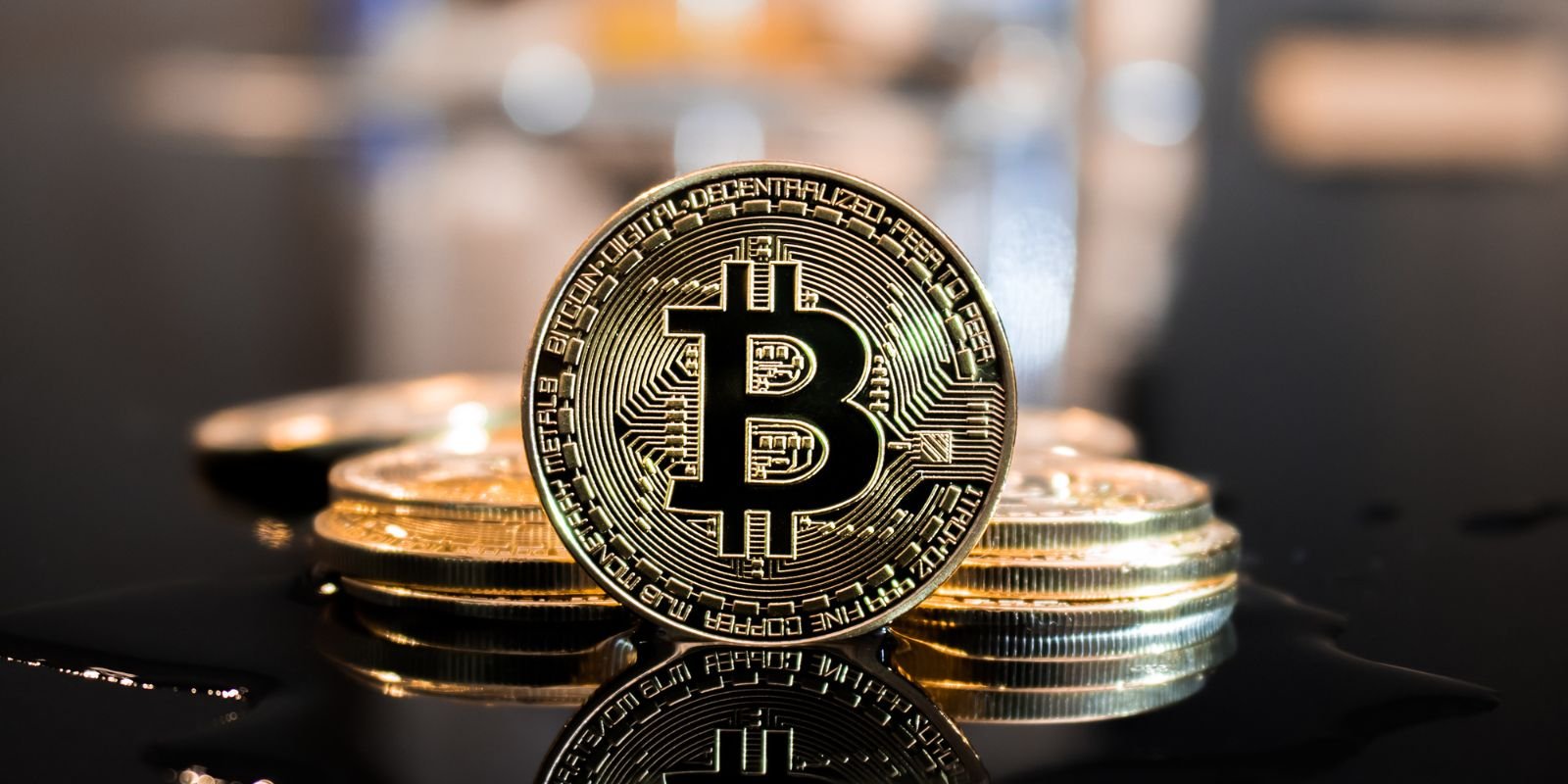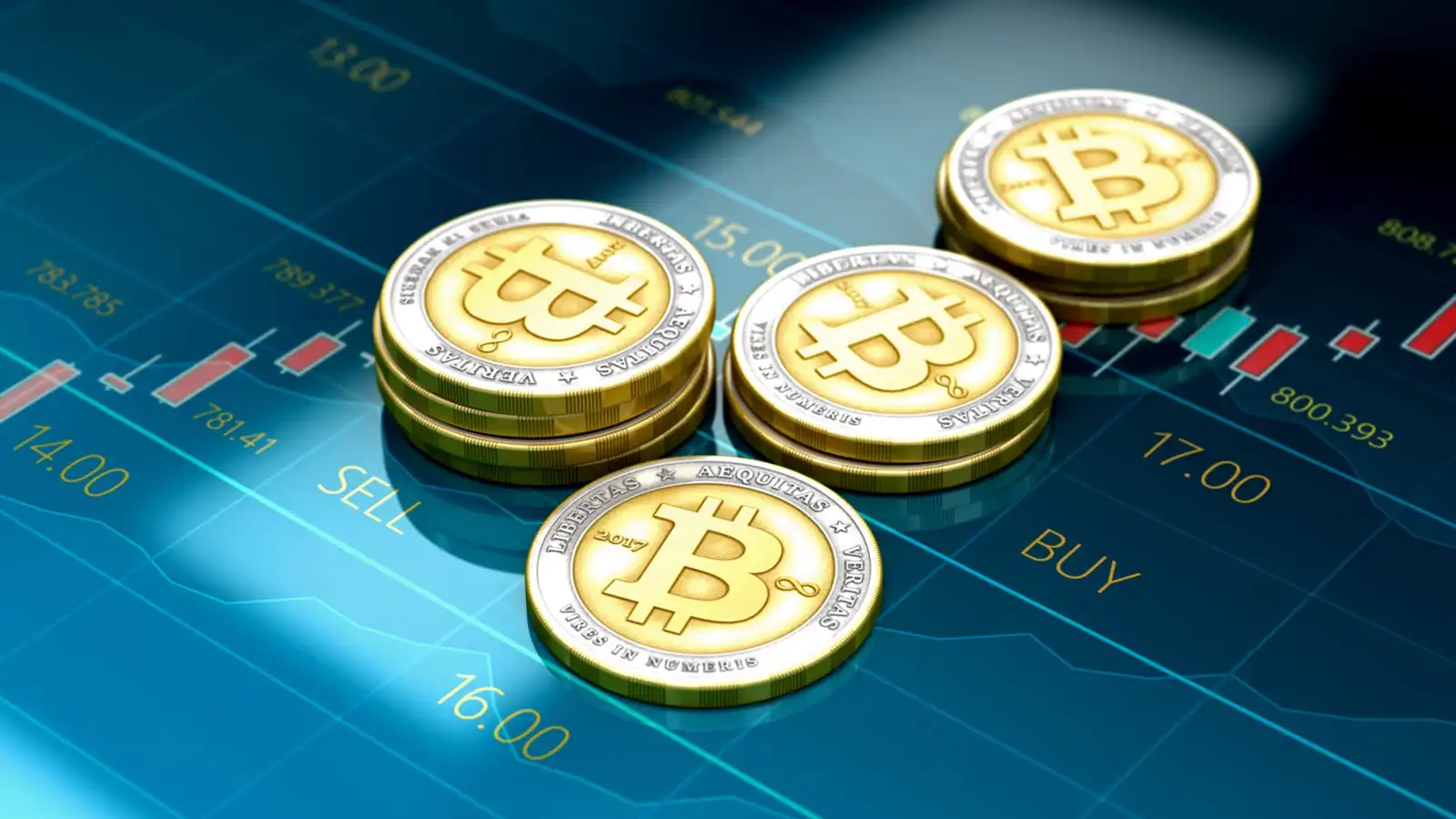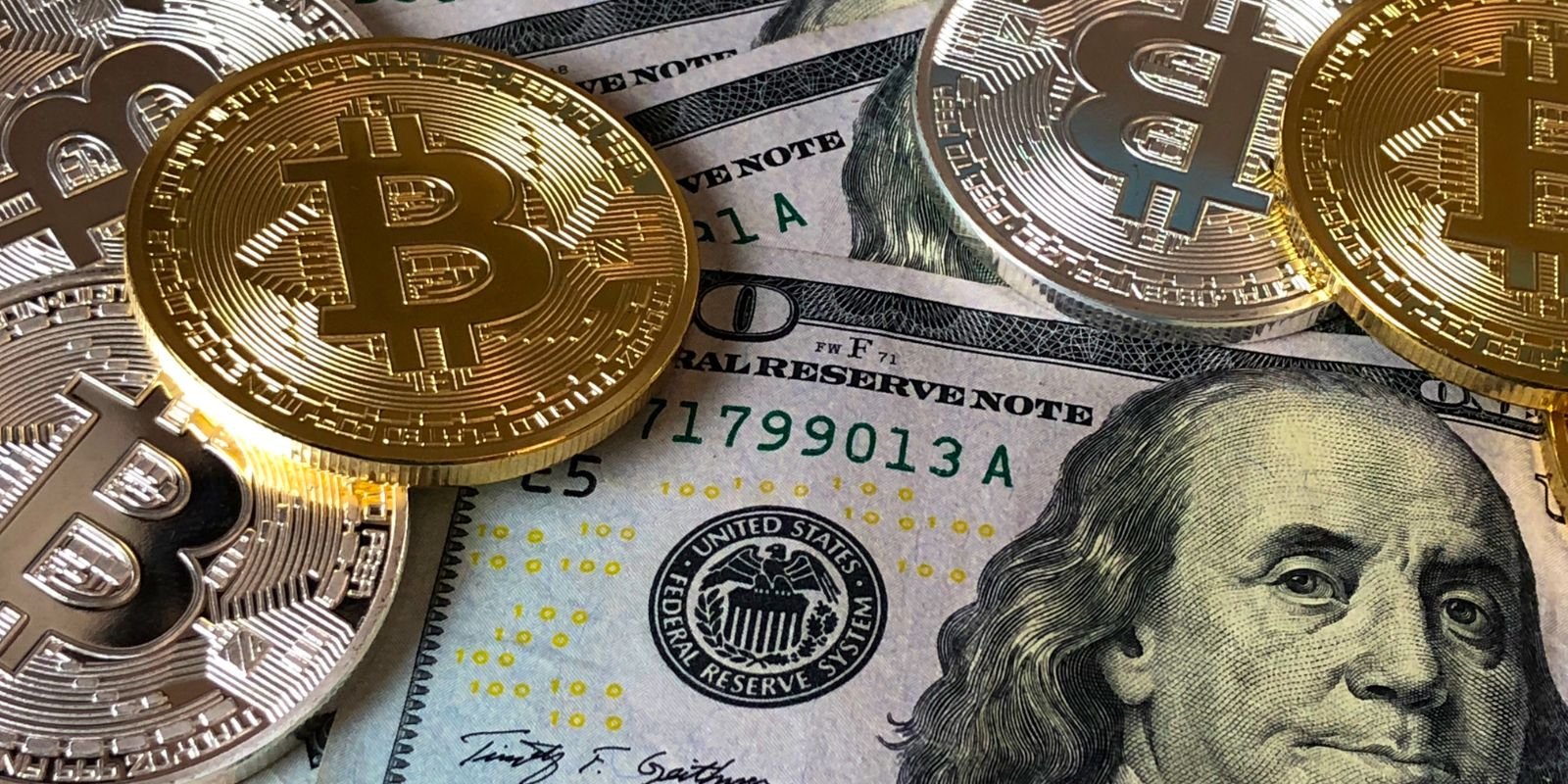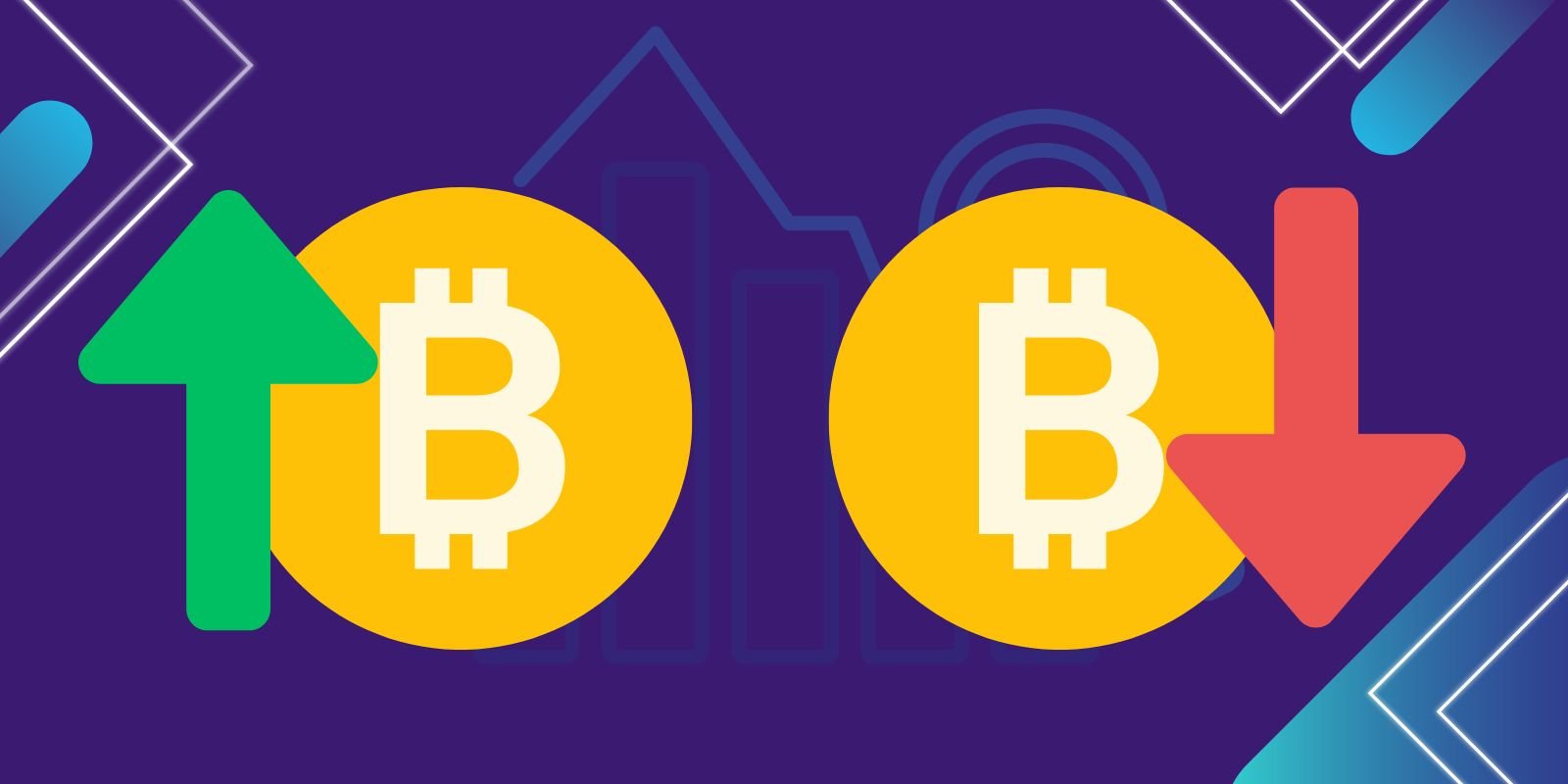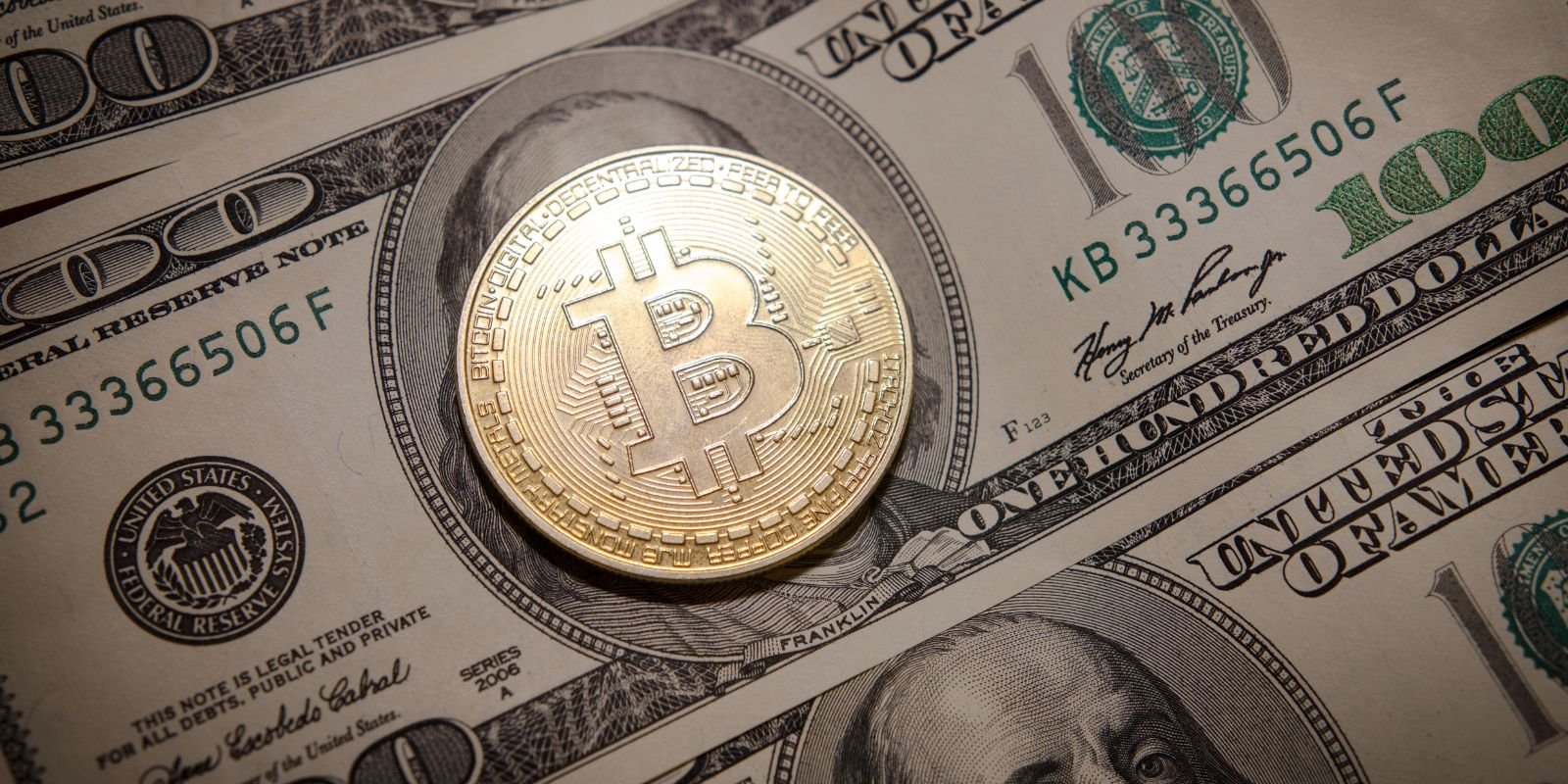The Bitcoin market cycle refers to the repetitive pattern of price movements in the Bitcoin market over time. Like any other asset, Bitcoin experiences periods of growth, decline, and consolidation, and these cycles can be observed by analyzing historical price data.
And just like any other market, Bitcoin has its own unique cycle of ups and downs, bulls and bears. It’s a cycle that can have extreme impacts on investors and traders alike–and understanding it can be the difference between financial success … or failure.
But what is this Bitcoin market cycle, exactly? In this article, we’ll discuss what drives the rise and fall of Bitcoin prices, as well as how to anticipate market movements so you can use them to your advantage. Let’s get started!
Introduction to Bitcoin and the Market Cycle
Have you heard of Bitcoin? It is a form of digital currency, created and held electronically, that can now be used to purchase goods and services online. The Bitcoin market cycle is the cycle of price fluctuations that the currency experiences over time.
The Bitcoin market cycle is divided into four stages: bull market, bear market, accumulation phase, and distribution phase. In these stages, the price of Bitcoin will rise and fall according to changes in demand and supply. During a bull market, prices rise steadily due to an increase in demand; during a bear market, prices fall due to a decrease in demand; during the accumulation phase, demand increases as investors buy Bitcoin; and finally, during the distribution phase, demand decreases as investors sell off their holdings.
Understanding the cycle allows investors to plan their trades more effectively so that they can maximize their returns from the cryptocurrency markets. Knowing when to buy or sell Bitcoin in Dubai can help ensure that you make profitable investments without taking on too much risk.
Understanding the Bull and Bear Markets
When it comes to the Bitcoin market, there are two major cycles you’ll need to understand—the bull market and the bear market. In a bull market, the trend is that prices are increasing, investors have positive sentiment, and we see a rise in demand from buyers. The bear market cycle is the opposite: prices decrease, sentiment is negative, and demand drops.
It’s important to note that these two cycles are normal parts of trading assets like Bitcoin—we see these same cycles when it comes to stocks or commodities too. That being said, the Bitcoin market cycle can vary in length and intensity depending on the current environment and other news events.
Understanding where we are within this cycle will give you an idea of how investors feel about individual assets and can help inform you when you make your trades. Remember: if you want to be successful as a Bitcoin investor, you need to be aware of where we stand as far as these two cycles go!
Reasons for Bitcoin’s Price Movements
Do you know why Bitcoin’s price moves the way it does? It most likely has to do with Bitcoin’s market cycle. So what is it exactly?
Well, the market cycle is essentially a set of phases that Bitcoin experiences. These phases are typically characterized by periods of growth and decline, which are determined by various factors:
- The supply and demand of Bitcoin
- The number of transactions happening
- Regulatory policies or news
- Methods of payment accepted
- The perceived value of Bitcoin
These factors contribute to price movements as investors become more or less positive about the future potential of Bitcoin—positive attitudes usually result in increases in price, while negative attitudes usually lead to declines in price. As the market cycle progresses and more investors buy cryptocurrency, its price can continue to rise until eventually reaching a peak—at which point it may start to decline before starting the cycle again.
Impact of Network Hash Rate on the Market Cycle
Are you curious about the impact of network hash rate on the Bitcoin market cycle?
The Bitcoin network hash rate is basically the amount of energy miners are investing in mining Bitcoin. When the miner’s energy expenditure increases, it means the Bitcoin network is getting more secure, and that makes it harder to attack.
In terms of the market cycle, when the hash rate is high it means that miners are rewarded with more Bitcoins for their efforts, which increases supply and can lead to downward price pressure. It also suggests a bullish sentiment as more people are investing in mining Bitcoin. On the flip side, when the hash rate falls, supply decreases and prices tend to rise due to increased demand.
So if you’re wondering what effect network hash rate has on the price of Bitcoin, consider this: when miners are willing to invest extra resources in mining Bitcoin and securing its network, this could be seen as bullish for prices and can lead to an increase in demand.
Bitcoin Halving and Its Effects on Price
The Bitcoin market cycle is made up of four distinct phases, and one of them is the halving period. This is when the reward for miners is cut in half and can have dramatic effects on the price.
What Is Halving?
Halving is a process that happens every four years, roughly, whereby the block reward for miners (the amount of Bitcoin they get paid for verifying transactions) is cut in half. This keeps supply low and helps the value of the currency rise.
Effects on Price
Prior to each halving event, the market usually experiences a period of high volatility and uncertainty as investors anticipate how the crypto-market will react to the decreased rewards from mining activity. After halving takes place, prices usually increase over time, though it’s hard to tell whether it’s caused by halving or other factors at play in the market.
Due to Bitcoin’s limited supply, it’s possible that prices may increase significantly after halving occurs when you buy Bitcoin in Dubai with cash or otherwise. However, this isn’t always guaranteed as market conditions such as economic changes may affect prices regardless of these predetermined events.
Tips for Trading the Bitcoin Market Cycle
The Bitcoin market cycle is a very volatile environment, and it can be challenging to make the right decisions. But there are some tips that you can use to help you trade more successfully and with more confidence.
Do Your Research
Before you start trading, make sure you do your research. Do your own research on the market cycles, and read up on news events that may affect the market. Knowing what you’re getting into before making an investment can help you make better-informed decisions and ultimately increase your profits.
Set Stop Losses & Take Profits
When trading in a volatile market such as Bitcoin, it’s important to set stop losses and take profits. This means that when a certain price is reached (whether it’s a loss or a profit), your position will automatically close out so that you can limit your losses or ensure that you keep any profits gained.
Link Your Accounts to Leverage Funds
Leverage funds allow traders to use borrowed money from brokers to increase their capital available for investments, allowing them to potentially make larger gains than normal. You can link your accounts with leverage funds so that when trading opportunities present themselves, you’ll be able to capitalize on them much faster than if you had had no leverage funds available.
By following these tips, you can help yourself better navigate the Bitcoin market cycle for potentially larger gains or lower losses than if trading normally.
What are the Bitcoin Market Cycle Phases?
The Bitcoin market cycle is made up of four distinct phases, each with its own characteristics. Here’s a quick overview:
Accumulation Phase
During the accumulation phase, investors buy and accumulate Bitcoin, confident in its potential to rise in value. This leads to a gradual increase in price as more people buy Bitcoin.
Markup Phase
In the markup phase, the price of Bitcoin continues to rise as investors enter the market, a phenomenon is known as FOMO (fear of missing out). At this stage, investors become confident in the long-term potential of Bitcoin and its ability to generate profits. It’s at this point that the price can reach its peak.
Distribution Phase
The distribution phase of the Bitcoin market cycle follows a huge surge in demand from investors, leading to a rapid fall in price. In this stage, “smart” investors will sell their Bitcoin and make profits as much of the public starts to panic about their investments.
Panic or Markdown Phase
The panic or markdown phase is when prices drop significantly due to a lack of demand and large-scale selling of Bitcoin by panicked investors. After this experience has played out once or twice on the market, most investors become “immune” to it and will hold rather than sell during downturns.
Mainstream Adoption of Bitcoin
You’ve probably heard of Bitcoin, the revolutionary cryptocurrency that allows individuals and businesses to transact without the need for a third party. As more and more people recognize the potential of this technology, we are seeing mainstream adoption of Bitcoin.
Here’s how it works: as Bitcoin is adopted by more users, its price tends to go up. This attracts new investors who then buy Bitcoin and drive the price even higher. As a result, there is a larger demand for Bitcoin and its associated cryptocurrency products and services.
The cycle doesn’t stop there—higher prices make it easier for existing users to make profits from their investments, leading to further adoption of Bitcoin in turn. Furthermore, increased profitability helps to fund development projects that further refine the technology, leading to even more users joining in on the action.
Overall, this cycle of events creates a positive feedback loop that leads to exponential growth in demand and price as more people adopt Bitcoin. All this shows why mainstream adoption of Bitcoin is so important—it has the potential to create an ever-growing ecosystem that can benefit everyone involved in the technology.
Conclusion
In summary, the Bitcoin market cycle is the process by which Bitcoin’s price is determined. The cycle consists of four distinct phases: accumulation, markup, distribution, and decline. Each phase is characterized by different behaviors and trends, with the accumulation phase being the longest and the decline phase being the shortest. The cycle is driven by the forces of supply and demand, which are also affected by external factors such as news and developments. Understanding the Bitcoin market cycle can help investors make informed decisions about their investments and manage their risk.

